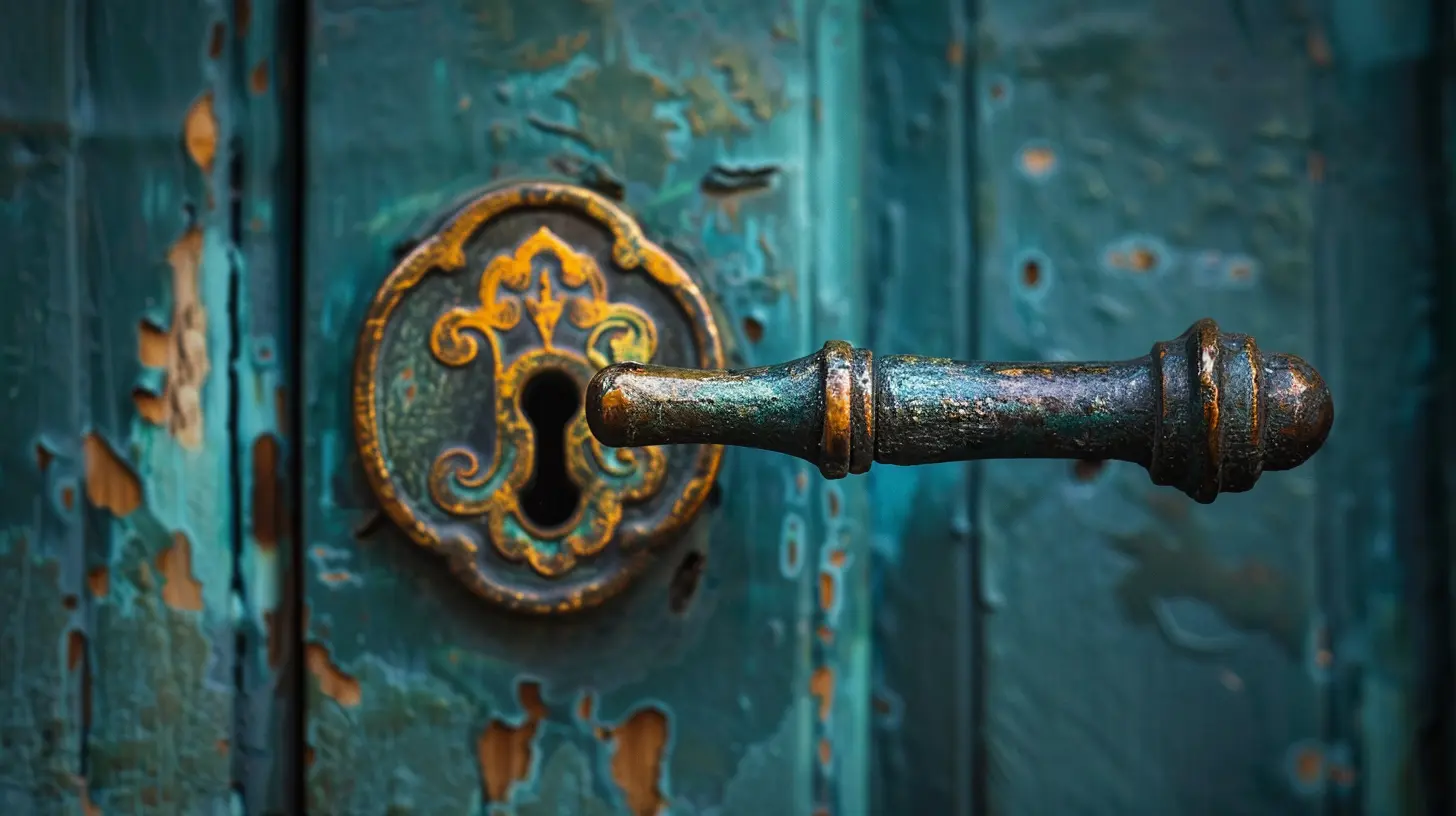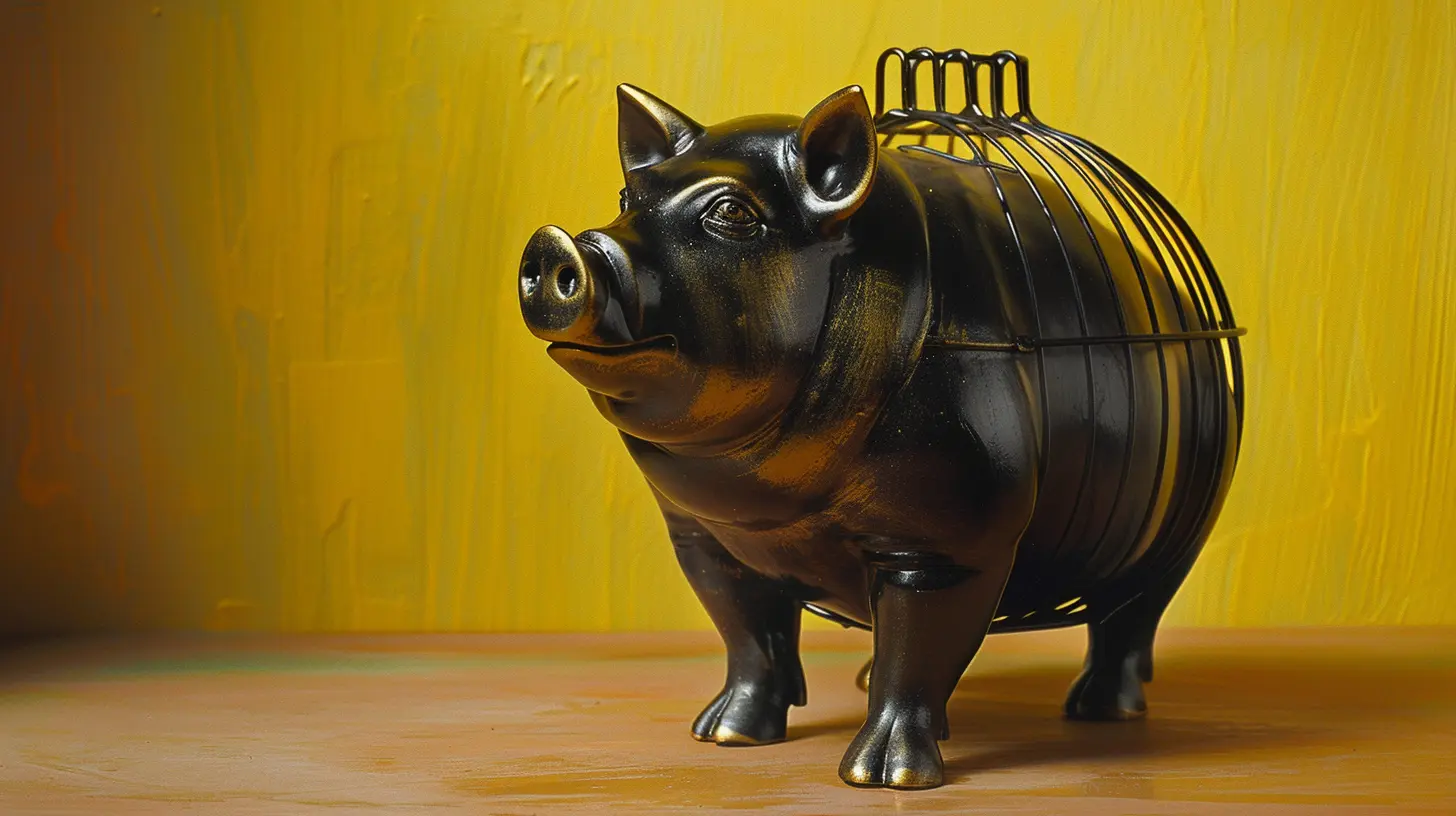The Critical Role of Custodians in Self-Directed IRAs
12 June 2025
Let’s get real for a minute—retirement isn’t just some far-off dream filled with Mai Tais and sandy beaches. It's a strategic game of chess, and every move matters. Want to control your own board and call the shots? That’s where self-directed IRAs come in. But wait… who’s keeping the rulebook and making sure the game stays fair? Say hello to the unsung heroes of the retirement investing world: custodians.
You might not think much about them at first, but custodians for self-directed IRAs? They’re like the backstage crew that makes sure the whole production doesn’t fall apart. So, let’s cue the curtain and shine a little spotlight on these behind-the-scenes power players.
What’s a Self-Directed IRA Anyway?
Before we dive deep into the role of the custodian, let’s make sure we’re on the same page.A self-directed IRA (SDIRA) is a type of Individual Retirement Account that allows you to invest beyond the typical stocks, bonds, and mutual funds. Think real estate, precious metals, private equity, even crypto! You get the freedom to build your nest egg your way.
Sounds great, right? But, here’s the kicker: with great power comes great responsibility. And that’s where custodians step in.
Why You Can’t Go It Alone: The Legal Need for a Custodian
Here’s the thing—no matter how independent you are or how savvy your investment game is, the IRS says, “No custodian? No SDIRA.”Yep, it’s legally required. The IRS mandates that every IRA, self-directed or not, must be held by an IRS-approved custodian. It’s not just paperwork; it’s financial law.
Now, don’t confuse this custodian with a portfolio manager or investment advisor. They don’t tell you what to invest in. They simply ensure that how you invest is compliant.
Think of them like the referee on the field. You’re the quarterback, calling the plays, but someone’s gotta make sure you’re not breaking the rules, right?
The Custodian’s Main Job: Keeping It Legal (and Clean)
So what exactly does a custodian do? In short, they’re responsible for:- Holding and safeguarding your assets
- Handling all the IRS reporting
- Making sure investments meet IRS-approved criteria
- Preventing prohibited transactions
- Processing buy/sell orders based on your instruction
They're like the vault and the compliance officer rolled into one. Without them, your SDIRA could easily cross into the danger zone—cue penalties, taxes, and maybe even disqualification of your account.
Scary stuff. But with the right custodian, you’re free to focus on your investment vision while they handle the “red tape ballet.”
Going Rogue: What Happens Without a Good Custodian?
Imagine buying a fixer-upper house through your SDIRA without telling your custodian. You renovate it yourself, thinking you’re saving money. But hold up—renovating that property with your own hands? That’s a prohibited transaction.Boom. Penalties. Taxable events. Maybe even your whole IRA gets disqualified.
A custodian would’ve waved that red flag before you made the move. That’s the magic. They don’t just execute—they educate and ensure you stay in-bounds.
The Difference Between Administrators and Custodians
Now, here’s where it gets a bit tricky. Some providers market themselves as “administrators," not custodians. Know the difference.- Custodians are IRS-approved entities—often banks or trust companies.
- Administrators are third-party service providers who help with paperwork and customer service but aren’t legally allowed to hold assets.
In many setups, a self-directed IRA provider is actually a combo of both. The administrator handles the polish and customer experience, while the custodian remains the legal holder of your assets.
Make sure you know who’s who in your setup.
Choosing the Right Custodian: It’s Like Dating… But for Your Retirement
Choosing a custodian isn't something you want to do on a whim. This is someone who’s going to walk alongside you for potentially decades.Here’s what to look for:
1. Experience in SDIRAs
Not all custodians are comfortable with alternative assets. Make sure they’ve got a track record with the investments you’re eyeing.2. Fee Transparency
Watch out for hidden fees! Some custodians charge per transaction, others go flat-rate. Always read the fine print.3. Customer Support That Speaks Human
You want someone who picks up the phone, explains stuff in plain English, and doesn’t keep you on hold forever.4. Tech-Friendly Features
If you’re modern, your custodian should be too. Online dashboards, digital document uploads, and real-time alerts? Yes, please.5. Educational Resources
A good custodian won’t just file papers—they’ll offer webinars, blog posts, and guides to help you make smarter choices.Remember, this relationship could outlast your favorite streaming service, so choose wisely.
Navigating IRS Rules: Your Custodian Is the Compass
Self-directed IRAs are kinda like sailing uncharted waters. Sure, you’ve got freedom, but there are storm clouds (read: IRS rules) hiding just out of sight.Want to buy a vacation home and live in it through your IRA? That’s a no-go. The IRS prohibits self-dealing, and that means you, your spouse, kids, even your parents, can’t benefit directly from the investments.
Custodians are trained to spot these risky moves before they ever make it to the taxman’s desk. They guide you—not on what’s profitable—but on what’s legal.
It’s like having a GPS that screams “Wrong turn!” before you crash into a compliance wall.
Examples of Investments A Custodian Can Help You Facilitate
When you hear “alternative assets,” you might think it’s all super-complicated. But self-directed IRAs open the door to some truly fascinating investment options:- Real estate (rental properties, land, commercial buildings)
- Private lending (act like the bank and write loans)
- Tax lien certificates
- Start-up equity and private businesses
- Precious metals like gold and silver
- Cryptocurrency (yep, even Bitcoin)
- Oil and gas royalties
The custodian doesn’t throw up roadblocks. They’re your gatekeeper—ensuring each transaction fits IRS guidelines, files properly, and stays on the right side of the rules.
Common Pitfalls Your Custodian Helps You Avoid
Without a custodian, investing through an SDIRA would be like playing Minesweeper… blindfolded. Here are a few traps they help you dodge:❌ Prohibited Transactions
Buying assets from or selling to disqualified individuals? Big no-no.❌ Over-Contributions
Put in too much money for the year? Your custodian will flag it.❌ Missing RMDs (Required Minimum Distributions)
If you’re over 73 (as of 2024), you gotta take those distributions. Your custodian helps you avoid penalties.❌ Improper Asset Titling
Assets must be titled in the name of your IRA, not your personal name. Mess this up, and you’re looking at tax problems.A solid custodian is like a financial spell-checker, catching mistakes before they spiral out of control.
The Emotional Role of Custodians
Now here’s something that doesn’t get talked about enough. There’s an emotional layer to custodianship.When we think about retirement savings, there’s fear. Uncertainty. Doubt. It’s your future, your legacy, your family’s safety net.
A good custodian doesn’t just file forms. They offer peace of mind. They give you the confidence to explore new investment paths, knowing someone has your back.
So yeah, in a weird way, they’re like the trusty sidekick in your retirement journey. Not stealing the spotlight, but always ready with a compass, a map, and maybe even a motivational quote.
Final Thoughts: Custodians Are the Quiet Protectors
At first glance, they seem like background players—just another name in your IRA paperwork. But once you start making bold moves with your self-directed IRA, you’ll realize just how crucial they are.They're the bridge between your vision and reality, between freedom and compliance. They don’t tell you where to go, but they make the journey possible. And in a world where one misstep can derail your retirement dreams, that’s not just helpful—it’s essential.
So the next time you think about your IRA, don’t forget to raise a mental toast to the custodians. Because while you’re building the future you want, they’re making sure it’s built on solid (and legal) ground.
all images in this post were generated using AI tools
Category:
Ira AccountsAuthor:

Uther Graham
Discussion
rate this article
3 comments
Elwynn Underwood
Great insights on custodians in self-directed IRAs! I'm intrigued by how their role shapes investment choices and security. It would be fascinating to explore the evolving technology and regulations impacting custodial services in this space. Looking forward to more discussions!
June 17, 2025 at 11:55 AM

Uther Graham
Thank you for your thoughtful comment! I agree, the evolving technology and regulations around custodians are crucial topics that deserve further exploration. I'm glad you're interested and look forward to more discussions!
Lyla Daniels
This is a fascinating look at custodians in self-directed IRAs! I’m curious about how different custodians compare in terms of fees and services. Do the specific custodian choices significantly impact investment performance and diversification? I’d love to see examples or case studies illustrating these differences! Great article!
June 12, 2025 at 11:09 AM

Uther Graham
Thank you for your interest! Custodian choices can indeed impact fees, services, investment performance, and diversification. Different custodians may have varying fee structures and available investment options, which can influence overall returns. We’ll consider including case studies in future articles to highlight these differences more clearly!
Jane Malone
Custodians: the unsung heroes ensuring your IRA dreams don't turn into nightmares!
June 12, 2025 at 3:50 AM

Uther Graham
Absolutely! Custodians play a vital role in safeguarding your investments and ensuring compliance, making them key to successful self-directed IRAs.



